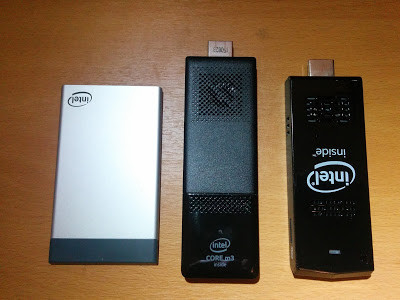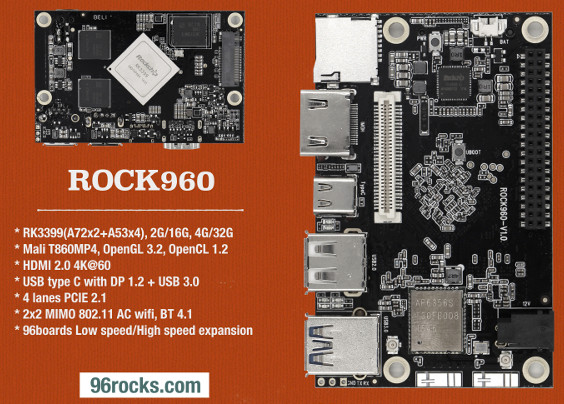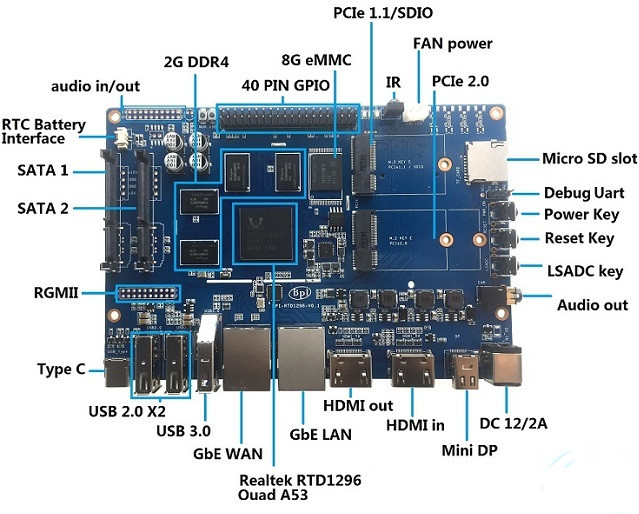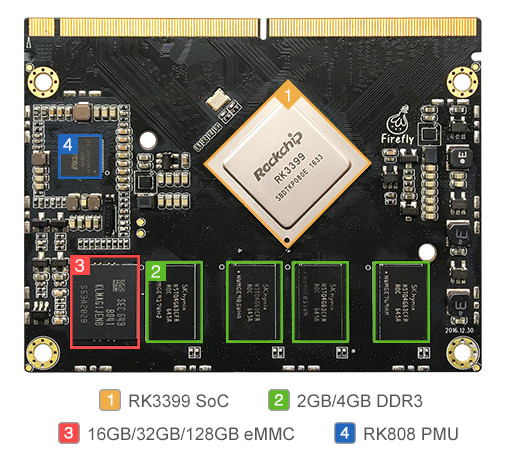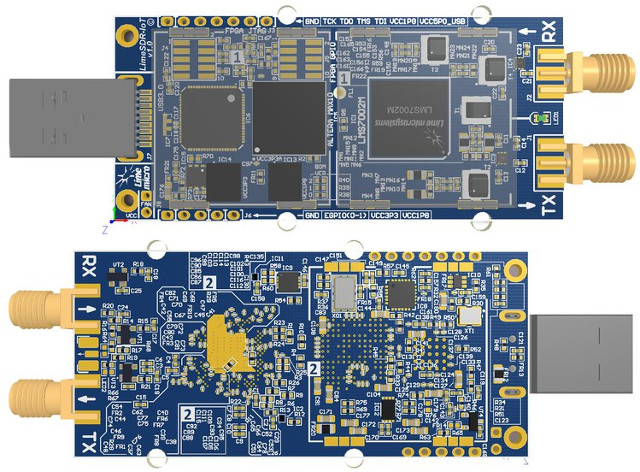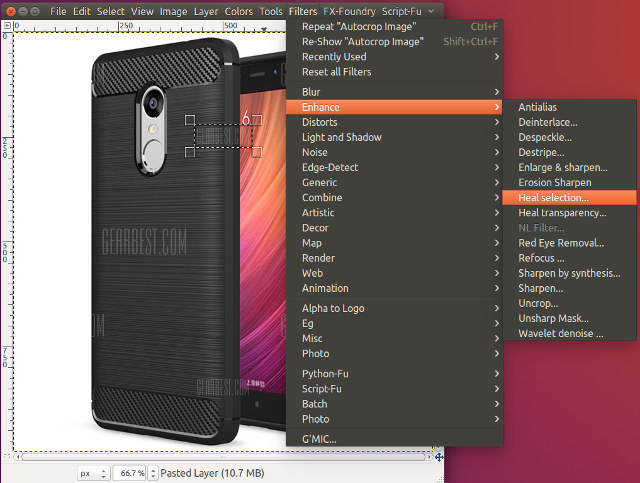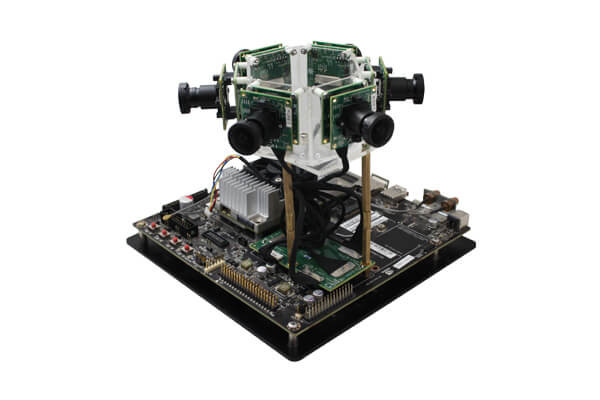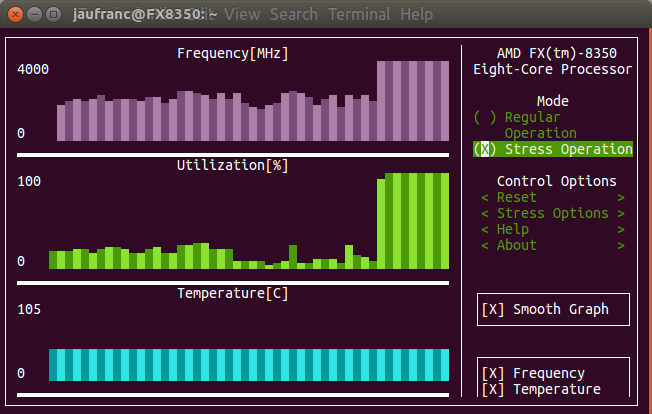We’ve recently seen Intel introduced Dock DK132EPJ for their Compute Cards, and released some pricing info. Ian Morrison (Linuxium) got sent a full kit by Intel with the dock and Compute Card CD1M3128MK powered by a dual core / quad Core m3-7Y30 processor with 4GB RAM, 128GB PCIe SSD, and Intel Wireless-AC 8265 module. You can get the full details in Ian’s post, but I’ll provide a summary of the key points here. While the compute card and dock are thinner than most product, the computer card is quite wider than TV sticks, and the dock larger than an Intel NUC. It also comes with a fan, and cooling works well with maximum CPU temperature under being 70°C. The Compute Cards do not come with any operating system, but you get to the BIOS easily, and install Windows or Linux distributions. Ian’s started with Windows 10 Enterprise Evaluation, and ran […]
Rock960 Board is a 96Boards Compliant Board Powered by Rockchip RK3399 SoC
So it looks like Rockchip is soon going to join 96Boards family with Rock960 board. Developed by a Guangzhou based startup called Varms, the board will be powered by Rockchip RK3399 hexa-core SoC, and comply with 96Boards CE specifications. Rock960 board preliminary specifications: SoC – Rochchip RK3399 hexa-core big.LITTLE processor with two ARM Cortex A72 cores up to 1.8/2.0 GHz, four Cortex A53 cores @ 1.4 GHz, and ARM Mali-T860 MP4 GPU with OpenGL ES 1.1 to 3.2 support, OpenVG1.1, OpenCL 1.2 and DX 11 support System Memory – 2 or 4GB RAM Storage – 16 or 32GB eMMC flash + micro SD card Video Output – 1x HDMI 2.0 up to 4K@60 Hz with CEC and HDCP Connectivity – WiFi 802.11ac 2×2 MIMO up to 867 Mbps, and Bluetooth 4.1 LE (AP6356S module) with two on-board antennas, two u.FL antenna connectors USB – 1x USB 2.0 host port, 1x […]
Banana Pi BPI-W2 is a Features-Packed Realtek RTD1296 Development Board
I’ve reviewed several Realtek RTD1295 platforms with Zidoo X9S and Eweat R9 Plus, and I was generally impressed by the storage, Ethernet, and WiFi performance. 4K video playback was good too, as long you don’t have any 4K H.264 videos at 30 fps or more. Most devices would also run Android and OpenWrt side-by-side bringing the best of both operating for respectively apps & multimedia, and server functions. HDMI input – with PVR, time-shifting and PiP functions – was also a bonus, However so far, nobody cared to design a maker board powered by RTD1295 processor. Since then we’ve learned Realtek was working on RTD1296 processor with even more Gigabit Ethernet, USB 3.0, and SATA interfaces, and SinoVoIP has now designed a board based on the SoC called Banana Pi BPI-W2. Banana Pi BPI-W2 preliminary specifications: SoC – Realtek RTD1296 quad core Cortex A53 processor with ARM Mali-T820 MP3 GPU […]
Firefly Introduces RK3399 CoreBoard with up to 4GB RAM, 128GB eMMC Flash
Firefly-RK3399 is a development board powered by Rockchip RK3399, and the company behind the board has now launched a system-on-module called RK3399 Coreboard with 2 to 4GB RAM, 8 to 128GB flash, a PMIC, and a 314-pin MXM 3.0 edge connector exposing various I/Os. RK3399 CoreBoard specifications: SoC – Rockchip RK3399 hexa-core big.LITTLE processor with dual core ARM Cortex A72 up to 2.0 GHz and quad core Cortex A53 processor, ARM Mali-T860 MP4 GPU with OpenGL 1.1 to 3.1 support, OpenVG1.1, OpenCL and DX 11 support System Memory – 2GB or 4GB DDR3 Storage – 8, 16, 32 or 128 GB eMMC flash Carrier Board Interface – 314-pin MXM 3.0 edge connector with Ethernet, PCIe, HDMI 2.0, DP 1.2, MIPI DSI, eDP 1.3, S/PDIF, I2S, GPIO, USB, etc… signals Power Supply – 5V/3A input; RK808 PMIC Dimensions – 82 x 63 mm Weight – 24 grams The company provides support […]
LimeSDR Mini is a $135 Open Source Hardware, Full Duplex USB SDR Board (Crowdfunding)
LimeSDR open source hardware software defined radio was launched last year with the promise of integration with Ubuntu Snap Store allowing to easily download and install various radio implementations such as LTE, WiFi, Bluetooth, LoRa, etc… It was offered for $200 and up as part of a crowdfunding campaign, but Lime Microsystems is back on CrowdSupply with a cheaper and low end version aptly called LimeSDR Mini.LimeSDR mini specifications: FPGA – Intel Altera Max 10 (10M16SAU169C8G) with 16K Logic gates, 549 KB M9K memory, 2,368 KB user flash memory Storage – 4 MB flash memory for data; 2x128KB EEPROM for RF transceiver MCU firmware and data RF Lime Microsystems LMS7002M RF transceiver Tx & Rx SMA connectors Frequency range – 10 MHz to 3.5 GHz RF bandwidth – 30.72 Mhz Sample Rate – 30.72 MSps with 12-bit sample depth Power Output (CW): up to 10 dBm USB – 1x USB […]
How to Remove Watermarks & Timestamps from Photos with GIMP
Watermarks can be seen on some photographs for copyright reasons, but in some cases even people or companies who clearly don’t own copyrights add watermarks, such as online resellers who add watermarks on top of photos provided by manufacturers, and some camera adds date & time automatically to photos if you’ve used the settings to enable it. I’ve recently read a blog post on Google Research about making watermarks more effective, as some computer algorithm could remove watermarks automatically. Since I often waste time while searching for watermark-free version of the photo, I decided to check if I could find such program running in Linux. I did not but I found a somewhat old blog post explaining how to use GIMP to perform the task with three different methods: Crop, if the watermark is on the edges… Easiest method, but for most case this won’t do… Content-aware filling using resynthetiser […]
e-con Systems Introduces a 360° Camera Kit for NVIDIA Jetson TX1/TX2 Development Boards
e-con Systems has previously launched MIPI cameras for Jetson TX1/TX2 development kit, but the company has now announced e-CAM30_HEXCUTX2, a kit with an adapter board, and six synchronized HD cameras connected that can be used for video surveillance, or robots requiring a 360° or “720°” field of view. The kit is comprised of the following elements: e-CAMHEX_TX2ADAP adapter board for connecting six cameras through Jetson boards’s J22 connector supporting up to 6x 2-lane MIPI CSI-2 cameras 6x 3.4MP MIPI CSI2 low light camera board with interchangeable S-mount lens, and featuring ON Semiconductor AR0330 color CMOS image sensor; each camera supports VGA to 1080p/3M resolution up to 30 fps 6x 30cm custom micro coaxial cable The kit operates at 5V, and requites between 5.33 to 8.10 watts, the later while streaming 6 Cameras on Jetson TX2. Software support is implemented through a Linux camera driver (V4L2) on top of NVIDIA’s JetPack […]
The Stress Terminal UI (s-tui) is a Pretty CPU and Temperature Monitoring Terminal App
While it’s possible to do monitoring with tools like RPI-Monitor on headless or remote systems, top and htop are likely the commonly used tools to monitor CPU and process usage in the terminal. There’s now a new and different option with the Stress Terminal UI that display pretty charts for frequency, CPU usage, and temperature in the terminal, and as its name implies it can also stress the system. I’ve first installed it in my main computer running Ubuntu 16.04.2 as follows:
|
1 |
sudo pip install s-tui |
and then just started it
|
1 |
s-tui |
It took the screenshot above after enabling stress operation for a few seconds, and while frequency and CPU utilization in percent are updated properly, temperature is not, at least on my system. I had to enable “Smooth Graph” option to see any changes in the first two charts. I tried to run the app again with sudo, but still no temperature […]


